AI Concepts and Process
Source: Spacemaker, “Explore | Generative design in Spacemaker | Early stage planning. Reimagined” Youtube.
Artificial Intelligence (AI) has been making significant strides in recent years, transforming the way we live and work. One of the industries that AI is expected to impact heavily is the architecture and design industry. AI has the potential to revolutionize how architects and designers approach their work, from the early stages of planning to the final product. In this article, we will explore the ways in which AI is expected to affect the architecture and design industries.
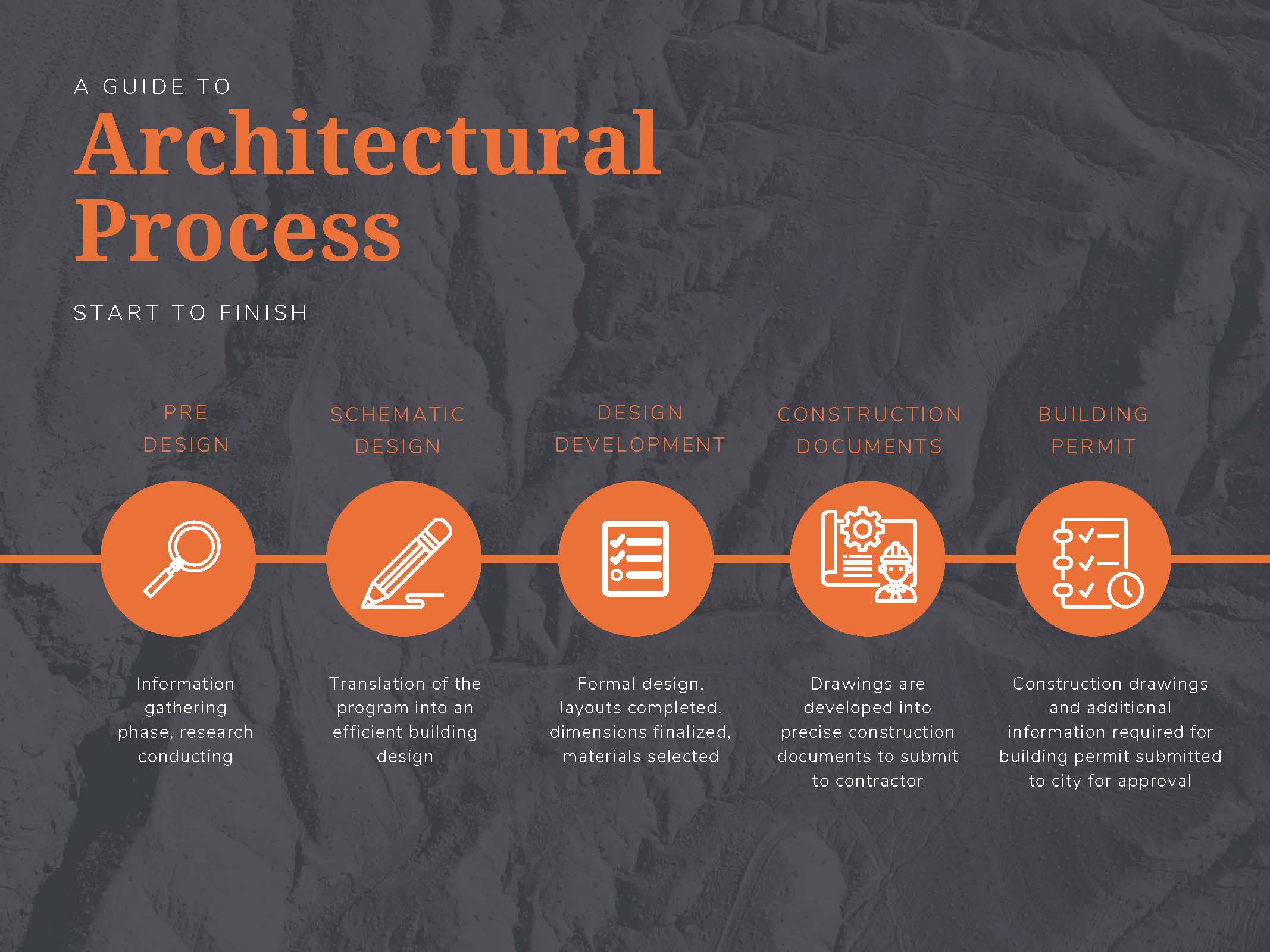
AI in Architecture
AI has already begun to impact the architecture industry, particularly in the design and planning stages. One of the most significant advantages of AI in architecture is its ability to process large amounts of data quickly and efficiently. This means that architects can use AI to analyze data from a range of sources, such as demographic data, environmental data, and historical data, to inform their design decisions.
For example, AI can be used to analyze data on weather patterns, energy consumption, and building materials to determine the most energy-efficient design for a building. AI can also be used to analyze data on traffic patterns, population density, and zoning regulations to determine the best location for a new development.
Another way AI can be used in architecture is through generative design. Generative design is a process in which an AI algorithm is used to generate multiple design options based on a set of constraints and parameters. This process can save architects a significant amount of time and effort, as the AI algorithm can generate hundreds or thousands of design options in a matter of minutes. This allows architects to explore more design options and make more informed decisions about which design best meets their needs.
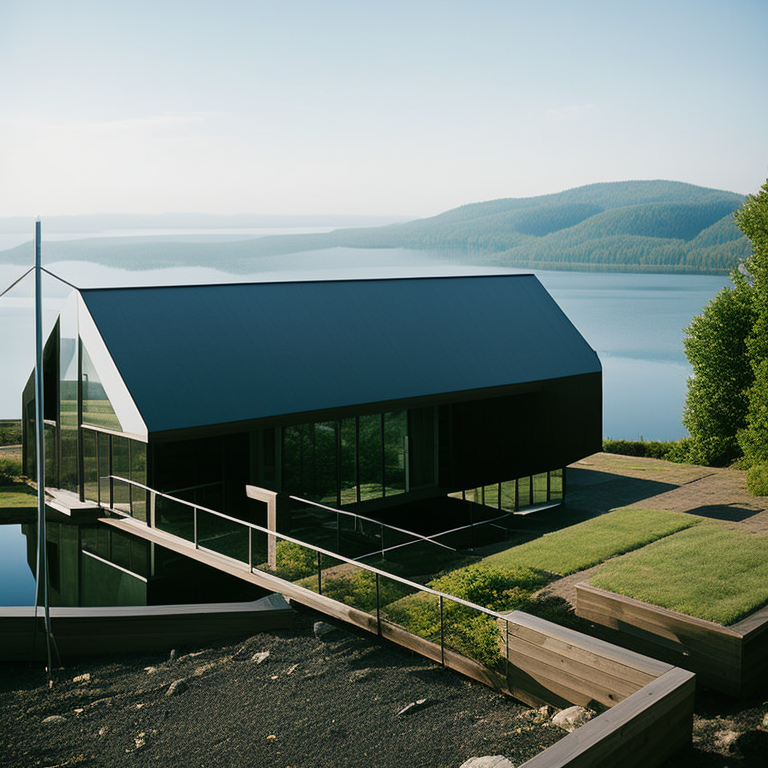
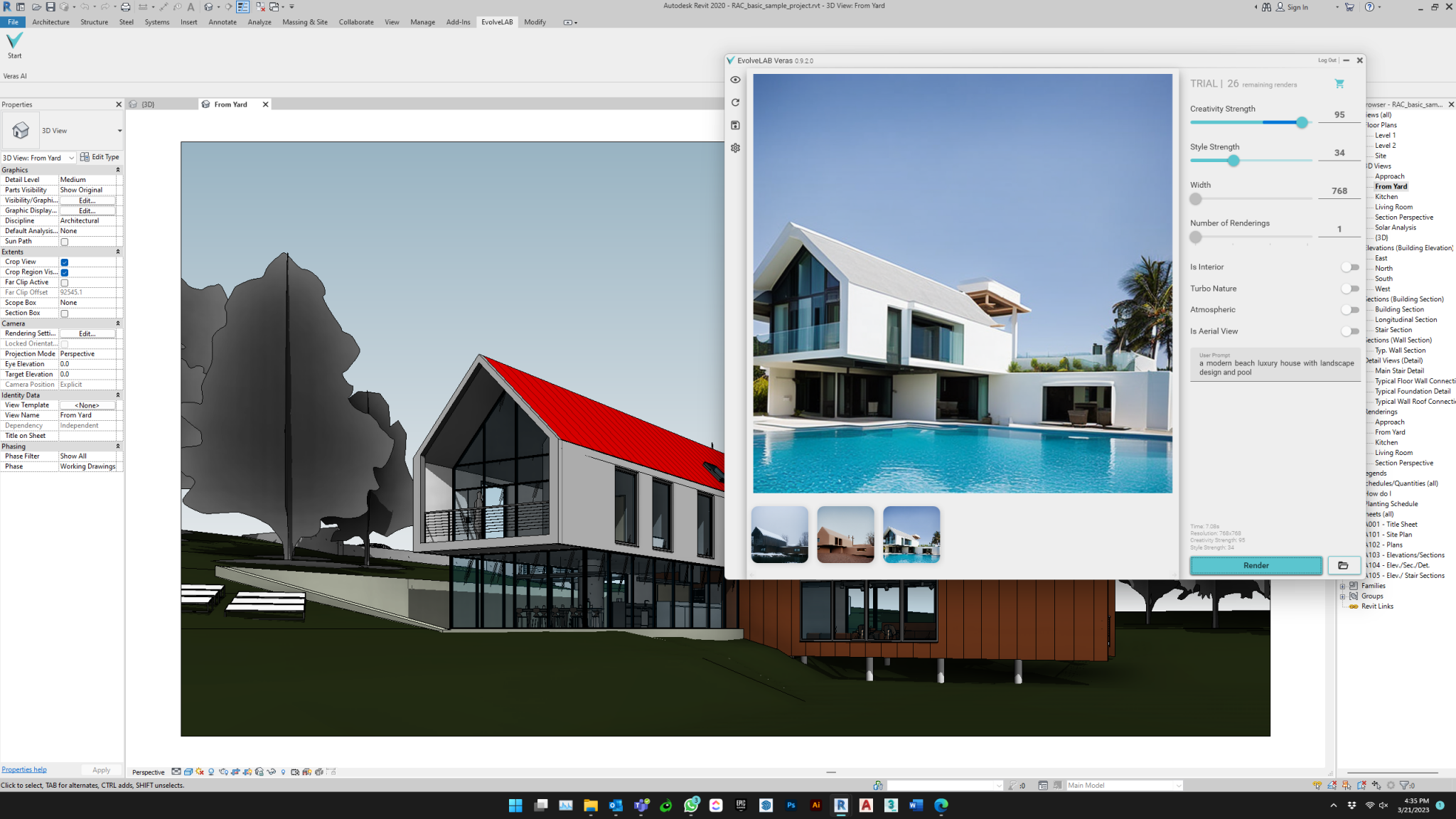



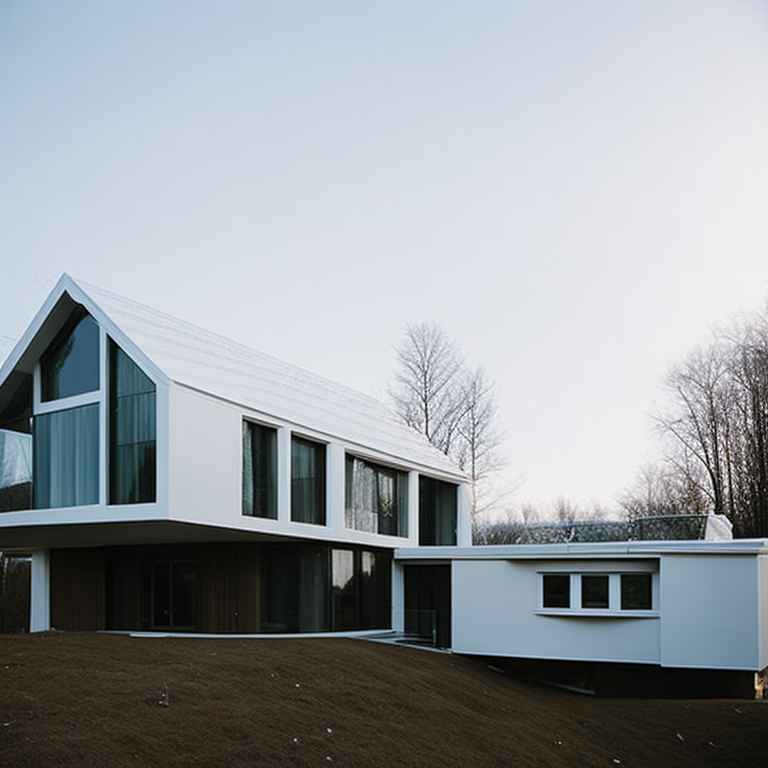

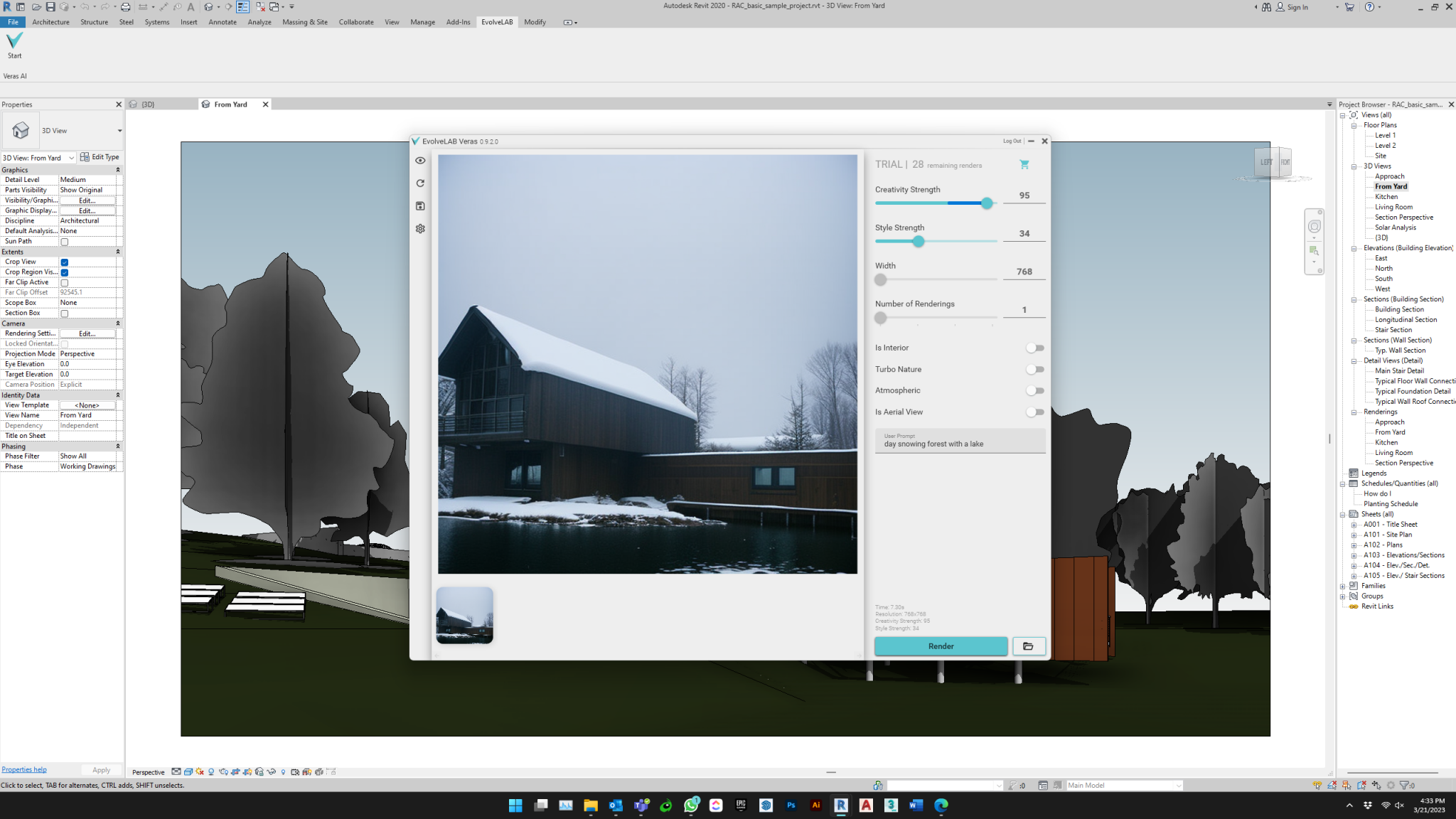
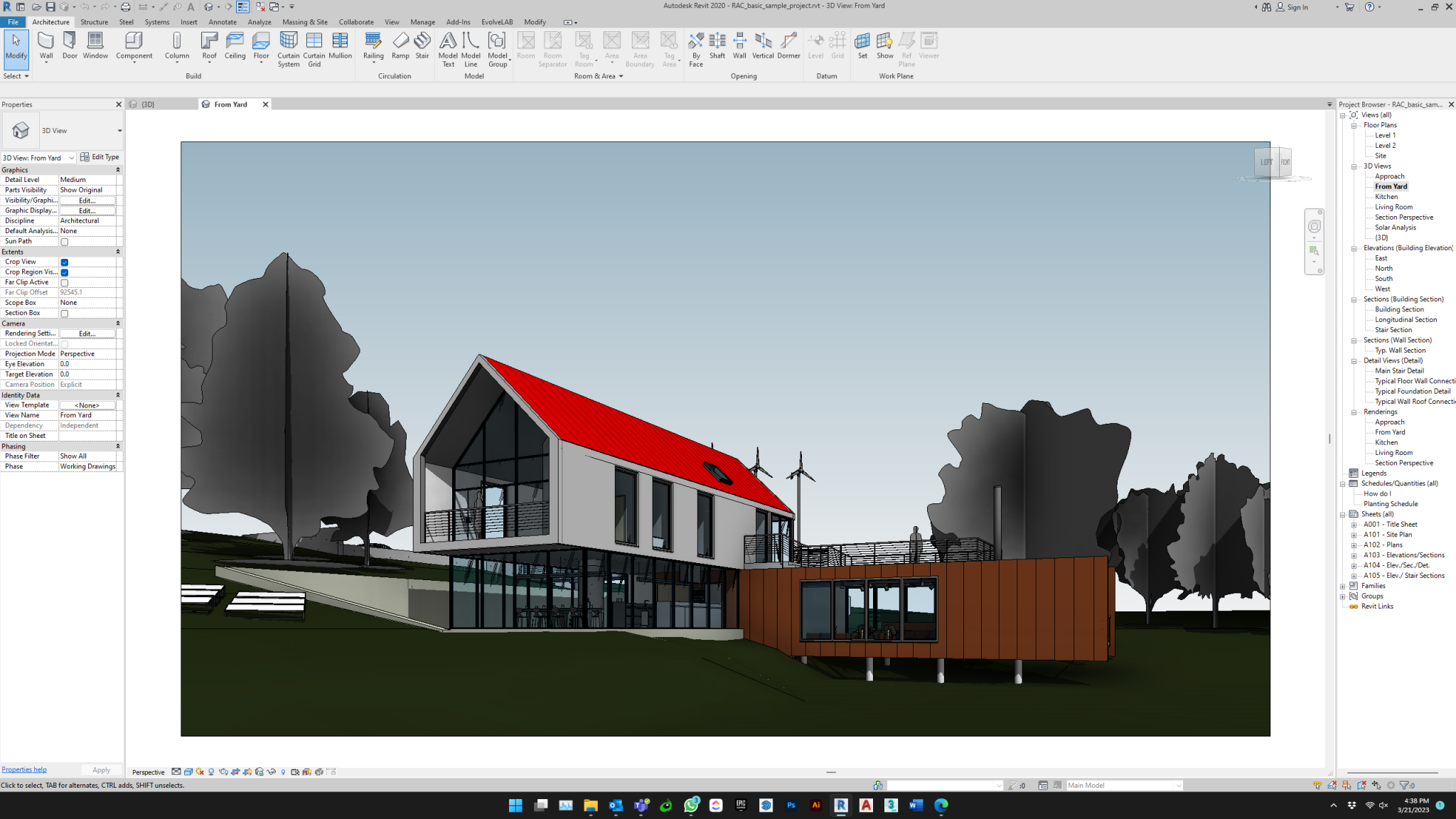
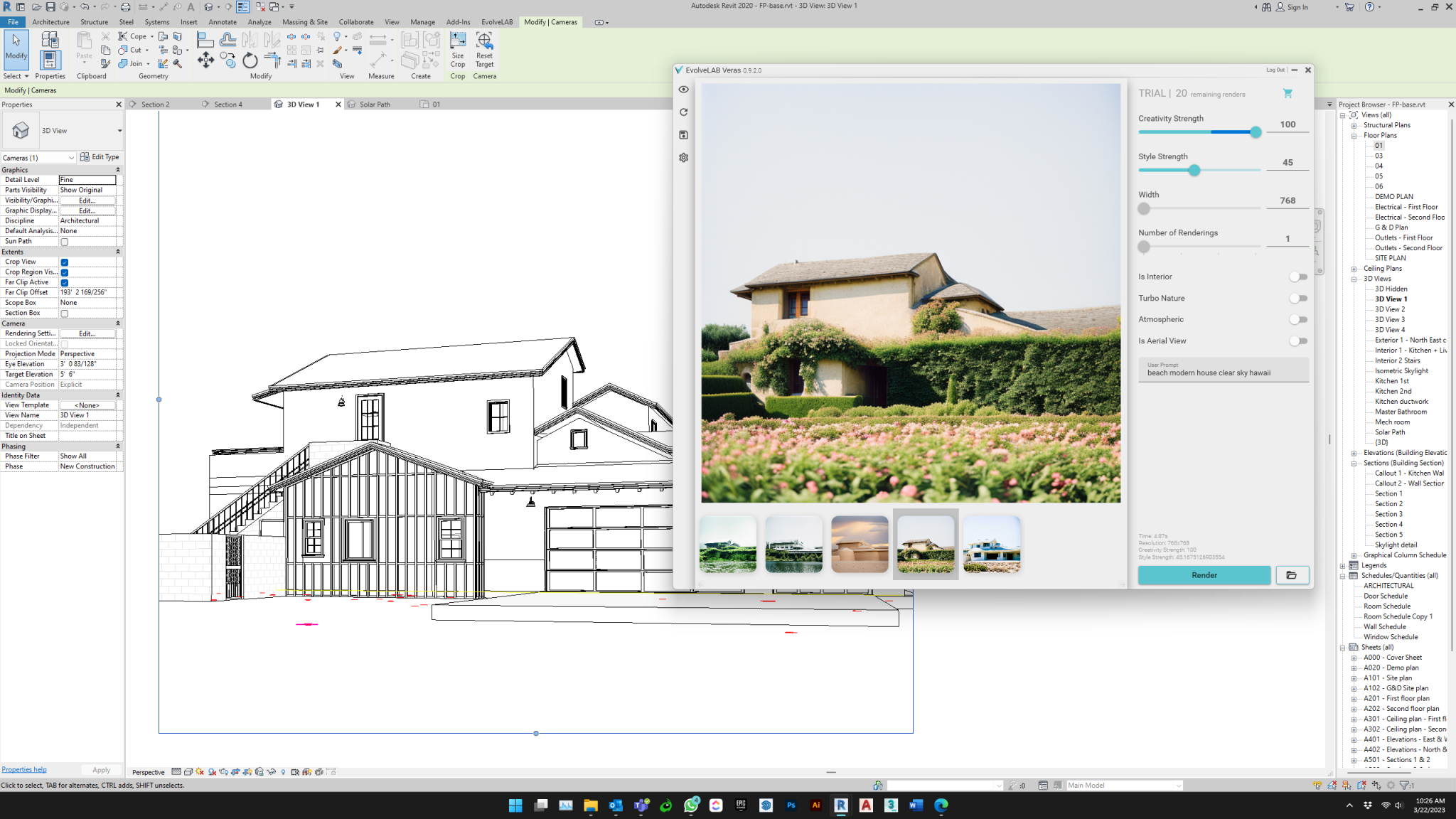



AI in Design
AI is also expected to have a significant impact on the design industry. AI can be used to analyze data on user behavior and preferences to inform design decisions. For example, AI can be used to analyze data on how users interact with a website or app, such as which features they use most frequently, which pages they spend the most time on, and which actions they take. This data can then be used to inform design decisions, such as which features to prioritize, which layout to use, and which colors to use.
AI can also be used to create more personalized design experiences. For example, AI can be used to analyze data on a user’s browsing history, purchase history, and social media activity to create a personalized design experience. This could include personalized product recommendations, personalized content, and personalized design elements.
AI is expected to have a significant impact on the architecture and design industries in the coming years. AI has the potential to transform the way architects and designers approach their work, from the early stages of planning to the final product. AI can be used to process large amounts of data quickly and efficiently, generate multiple design options, and create more personalized design experiences. As AI continues to develop and improve, it is likely that its impact on the architecture and design industries will only continue to grow.